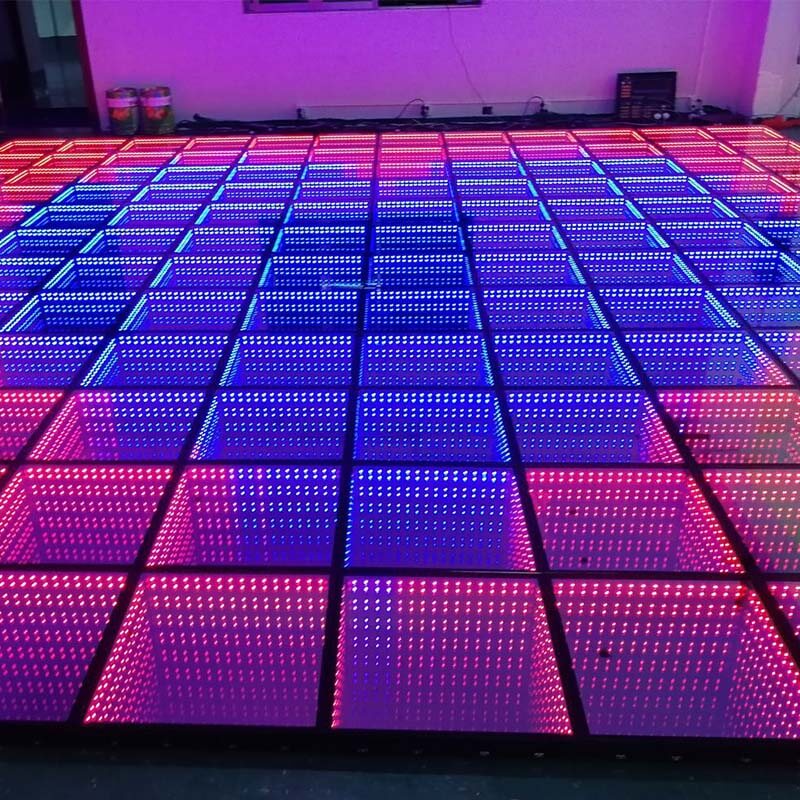Brightening Ingenuity Through Hue Principles in Light Emitting Diode Dance Surface Creations
Brightening Ingenuity Through Hue Principles in Light Emitting Diode Dance Surface Creations
Blog Article
Hue concept represents a crucial aspect of design, particularly as it comes to designing light-emitting diode dancing floors. The interaction of hues can significantly affect the atmosphere and energy of a space. By understanding how colors function together, designers can craft an ambiance that improves the overall experience for participants. This article examines the basics of hue theory and its use in light-emitting diode dance floor layouts.
The primary colors are red, azure, and yellow. These colors cannot be made by mixing other colors combined. Secondary colors, such as green, tangerine, and violet, are formed by combining main colors. Tertiary colors are formed by mixing a primary hue with a intermediate color. Understanding these basic relationships helps creators select hues that enhance one another and produce a visually appealing display. Combining these colors on an LED dance floor can lead to dynamic and exciting outcomes that attract the focus of participants.
Color temperature also plays a key part in aesthetics. Colors can be categorized as warm or cool. Warm colors, such as red, orange, and yellow, often to evoke emotions of enthusiasm and heat. In contrast, cool colors like blue, green, and violet typically generate a calm and soothing environment. Creators can utilize these hue values to set the mood for various kinds of events. For instance, a party environment may gain from warm colors that energize the audience, while a further relaxed event might employ chill colors to provide a calming influence.
In addition to hue combinations and value, luminosity visit this site right here and saturation are vital factors to take into account. Luminosity denotes to how light or dark a hue looks, while saturation measures the vividness of a hue. Bright, saturated hues can generate a lively and lively environment, ideal for dancing floors. On the other hand, gentler, less saturated hues can generate a more muted atmosphere. By adjusting luminosity and saturation, designers can attract focus to specific areas of the dancing floor or create visual routes, leading dancers through the venue.
Ultimately, it is you can try here crucial to consider the psychological impacts of hue in LED dance surface layouts. Different colors can evoke various feelings and reactions. For example, red is frequently linked with zeal and energy, while blue can be calming and peaceful. Understanding these connections enables creators to strategically use hues to affect the actions of dancers. By incorporating hue theory into light-emitting diode dance floor layouts, designers can improve the overall experience, making it unforgettable and pleasurable for everyone involved.